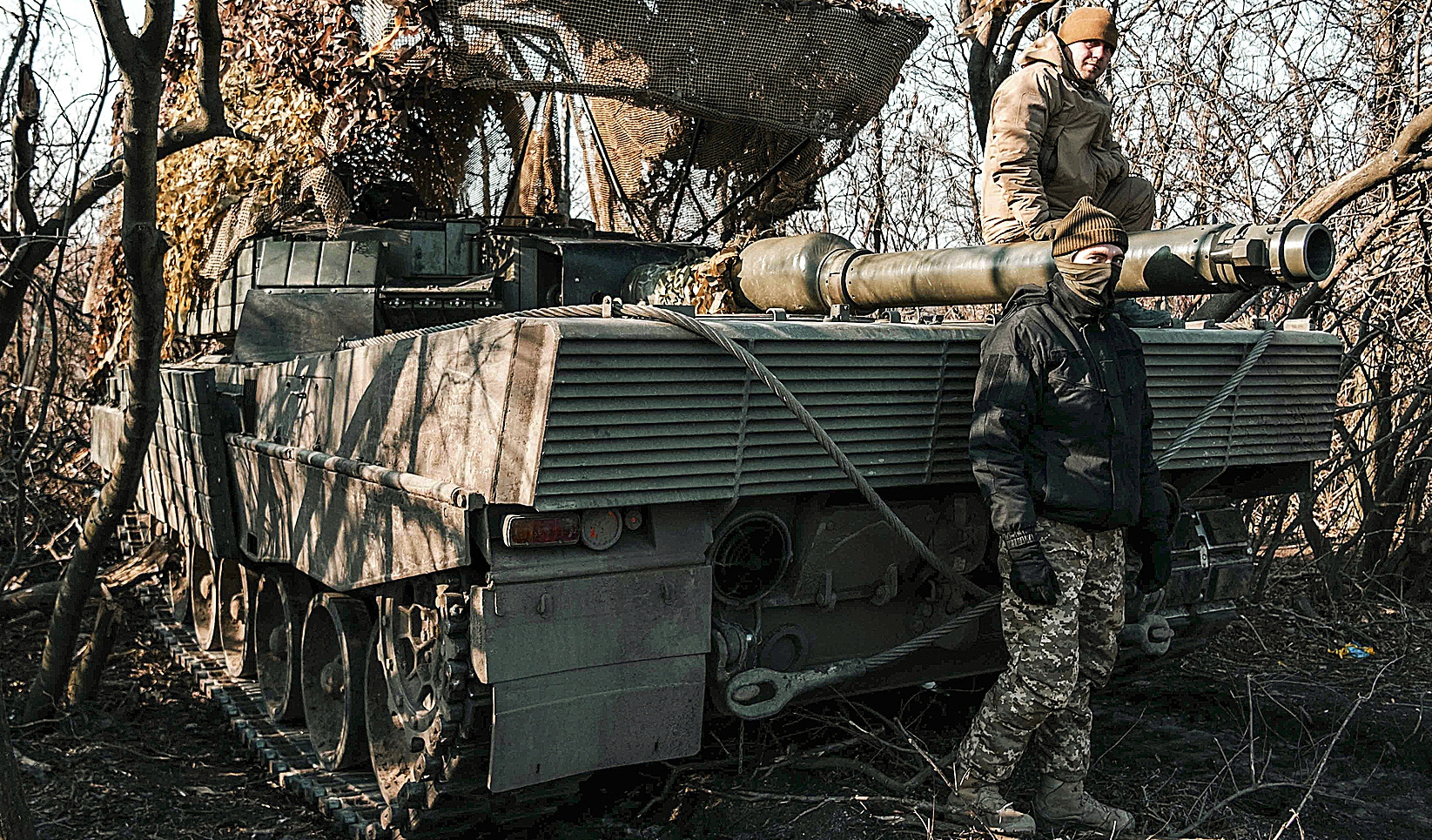After two weeks of standstill and pause on the front line, the war accelerates in two of the most active points on the Donbass front: Pokrovsk and Chasiv Yar, where Russia has been trying to advance since late 2023. The imminent peace talks seem to have rushed the invaders, who have been using ammunition in proportions not seen for months in the last 48 hours, a sign that they no longer need to conserve projectiles. From less than 100 attacks per day, it has increased to over 250 only in those areas.
"We have not noticed a decrease in intensity. Quite the opposite," says a sergeant from the Ukrainian army to this newspaper from the Toresk area, very close to the disputed Pokrovsk. "They have multiplied the use of drones, mortars, artillery projectiles, and even guided bombs," she comments. Right now, in that scenario, it is very difficult for the Russian army to make headway, suffering heavy losses in these two places due to spy drones monitoring the entire contact line and part of the rear 24 hours a day, seven days a week.
"The Russians spent a considerable amount of time, nearly two weeks, rotating new troops and gathering the necessary forces for an attack. The fact that it took so long to gather a force of that caliber is, by itself, enough to demonstrate that Russia is weakening overall," comments Andrew Perpetua, one of the military analysts following the Ukraine war from the beginning.
The Institute for the Study of War (ISW) states that "Russian advances may be slowing down south of Pokrovsk due to the degradation of Russian frontline units and the intensification of Ukrainian drone operations in the area."
A drone pilot, also deployed in the area, states that "the Russians want to achieve their goals very quickly because it seems that the ceasefire will arrive soon, that's why they are attacking us with everything they have." However, in other fronts that are not strategic for Russia at the moment, like Zaporiyia, the intensity has decreased. A commander of a unit deployed in the defense of that area comments that "the attacks have almost disappeared in this place. Everything is very calm now." Although the exact details of the peace agreement are not yet known, it seems clear that the most likely option will be to freeze the front where it is when the document is signed. Hence the rush of some to advance as much as they can and of others to dig in and prevent it.
In the midst of Ukrainian winter, with fields covered in snow, combat conditions have toughened for the soldiers surviving in the trenches, but the armored vehicles are still able to advance on the frozen ground. In a few weeks, the rains will come, and with the rising temperatures, the dreaded rasputitsa or mud season, which even hinders tracked vehicles.
We are facing a moment where both sides are experiencing the tremendous wear and tear of three long years of war. Ukraine is having trouble recruiting, covering casualties, and occupying all the trenches on the front line. The new recruitment law, which was expected to generate around 300,000 new recruits, is progressing very slowly.
Russia, on the other hand, is starting to suffer from a severe lack of armored vehicles due to having lost around 3,800 tanks since February 24, 2022, and having depleted their Cold War-era stockpiles. According to the magazine Foreign Policy, in its article Russia's Economy is Reaching Its Limits, it states that "Trump's advisors believe that Ukraine should settle for peace by any means necessary to stop the killing. This argument implies the opinion that Russia has the capacity to sustain the war for many more years. However, upon careful examination of the evidence, the narrative that Russia has the resources to prevail if it so decides does not hold up."
In Ukraine, they know that, with a peace agreement or without it, it is difficult for their soldiers to return home before summer.
